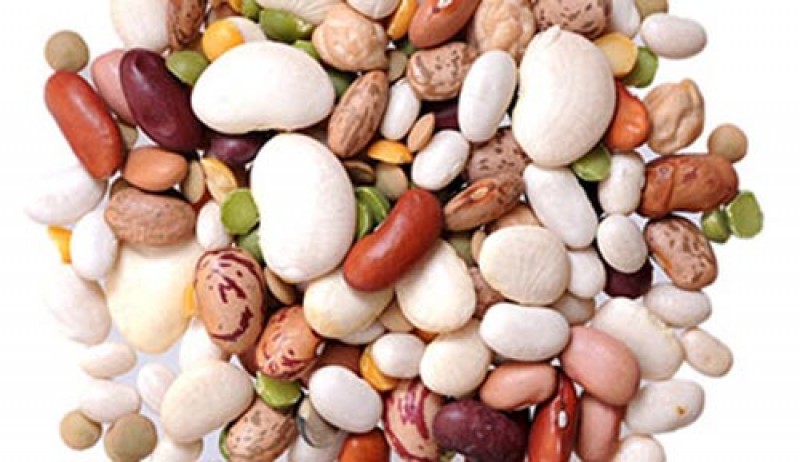Why Legumes Are The Best Food For Cold Days
This is a group of foods with high nutritional value, low in calories, rich in fiber, protein and minerals.It is indicative that a portion is cooked legumes feeds us with five times the amount of fiber compared to a slice of wholemeal bread and covers almost 50% of the recommended daily intake of fiber that our body needs. Cooked as a soup or as a side dish in a salad, they are an ideal choice for the winter period when our body needs vitamins and iron.
Lentils, beans, chickpeas, fava beans and dried beans should not be missing from the weekly diet. Experts even recommend consuming at least 3 servings of legumes a week.
1 serving is equivalent to: 1 cup of 240 ml cooked drained legumes (approximately 150–200 grams of legumes, depending on the species)
Tips:
Consume a variety of legumes. Do not forget that you can consume them as a main meal, but also as an accompaniment to a main meal or as a salad (eg, fava beans, black beans).
Combine legumes with cereals, such as bread or rice (eg lentils).
Add lemon to the chickpeas
Add fresh tomatoes to the lentils
Avoid the use of baking soda when soaking legumes, because part of their content of certain vitamins is lost.
If you feel "bloated" when eating legumes:
Let them boil enough during cooking
Consume less, more often during the day or week.
Most legumes contain significant amounts of calcium, iron, magnesium, manganese, phosphorus, potassium and copper, while their sodium content is negligible. However, calcium absorption is inhibited by the presence of fiber. However, the absorption of iron and calcium can be increased by eating foods rich in vitamin C at the same time. So it is good to eat an orange or a tangerine after a meal.




